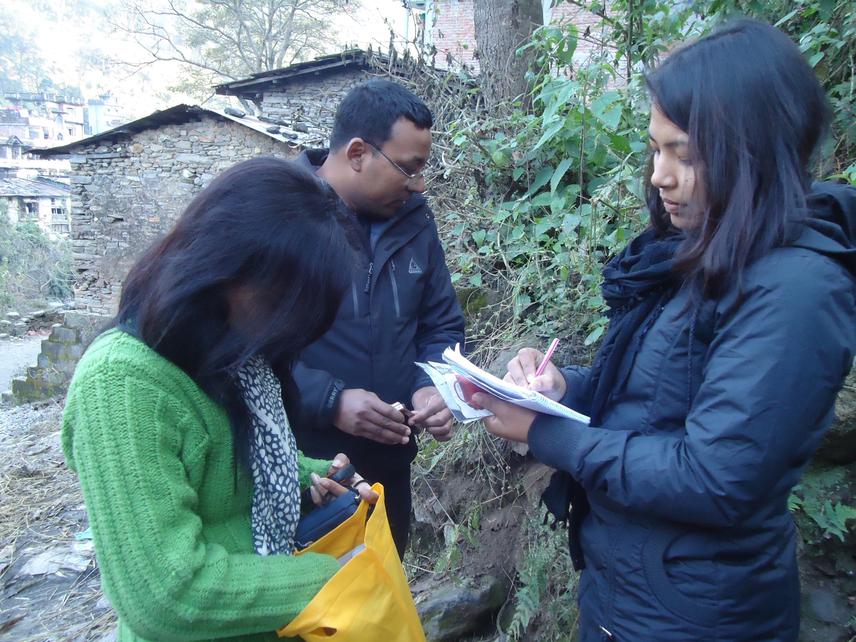Nirmala Pradhan
Other projects
26 Feb 2008
An Assessment of Biodiversity in Panch Pokhari of Sindhupalchok District of Central Nepal Emphasizing Conservation Needs
26 Jul 2011
Approach to Determine the Diversity and Conservation Status of Bryophytes in Northern Sindhupalchok District of Nepal
This work documents diversity of bryophytes of the southern and central parts of Sindhupalchok district and relates conservation issues and runs community based awareness program.

The study of bryophytes during the First and Second RSGs were conducted in the northern and northwestern parts of the Sindhupalchok district so this is continuing study of bryophytes to the south and central parts of the same district. This work which will be focused entirely to the central and southern parts of this district that borders Tibet (China) to the east and Kavrepalanchok district to the west.
This work makes an extensive study on the diversity of bryophytes in central and southern Sindhupalchok of central Nepal where no study has been done before. This has been aimed to cover the entire elevation range of 600 m to 1400 m. Besides diversity, the current status of every recorded species will be determined on local and native levels. The prevailing threats due to anthropogenic causes will be assessed minutely that may help to develop effective conservation policy for bryophytes of this region.
Awareness program which is one of the important aspects of this work will be launched at four different communities that may help to familiarize the local peoples on significant values of this plant. The finding of this study summing up with the findings of the First and Second RSGs will provide a complete diversity data and significant information on bryophytes occurring at 800 m to 4300 m of elevation in this district.
Distribution of Bryophytes in tropical and subtropical regions may vary in species composition as compared to the temperate and the Himalayan regions of this district. This study may also reveal new findings in diversity and distribution of species under the effect of differing bio-physical gradients. This work also investigates the faunal species which are associated to the habitats of bryophyte species.
Deforestation, urbanization and road networking are the major causes to destroy potential habitats of bryophytes in the proposed region. Diversity record and prevailing threats resulted from this study will be used to design locally sound conservation measures and update country’s overall list of bryophytes.